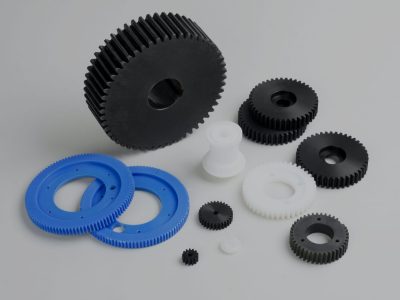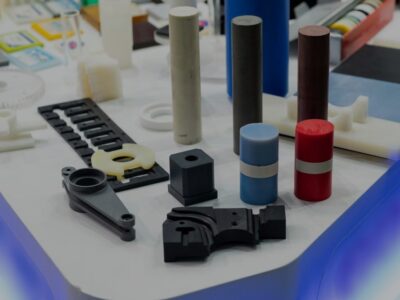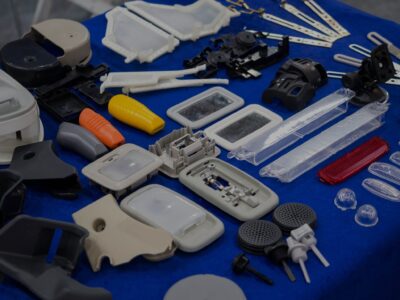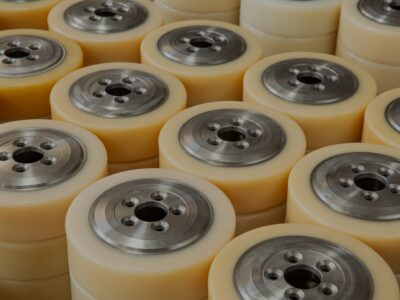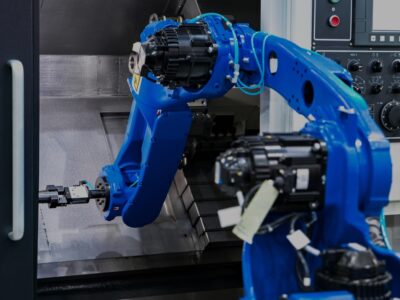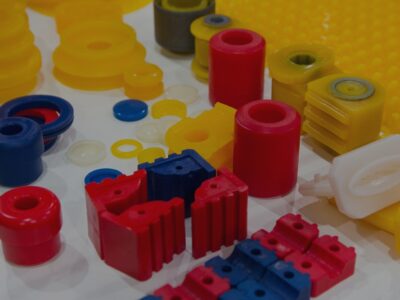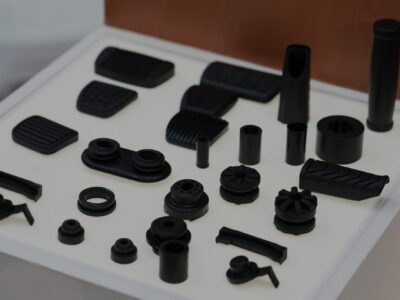Bridge tooling, sometimes called rapid tooling, is the process of quickly fabricating the tools needed for production so that manufacturers can jumpstart production even before the final tools are ready.
Permanent production tooling needs to stand up to repeated use, which is typically why tools like molds are made from hardened steel. These molds yield highly accurate and precise parts with extreme consistency, but they can take weeks and tens of thousands of dollars to manufacture.
For some production orders, the additional lead time may not be a significant factor, but it becomes a cause for concern when supply is low or demand rises above expected rates. Manufacturers can turn to methods such as urethane casting, which enables them to begin production to meet immediate demand until the permanent tooling becomes available.
How urethane casting can streamline the production process
Injection molding is extremely economical for mass production, but prohibitively expensive for small runs or highly customized parts. Urethane casting and other soft tooling processes bridge this gap, enabling the production of lower volumes of parts at high speed and cost-efficiency. What’s more, many silicone molds take less than a day to set, while hard-tooled molds can take weeks to manufacture and prepare for production.
Urethane casting, also called silicone tooling, works by using silicone molds to create identical copies of parts. Urethane casting is a form of soft tooling, meaning that the molds are less durable than their metal counterparts. In general, these kinds of molds are good for 25 to 50 shots. This allows manufacturers to essentially start producing small volume runs while the permanent tooling is finalized.
Parts made by urethane casting often have mechanical properties comparable to those of parts made through hard tooling processes like injection molding. This makes silicone tooling a useful method for creating everything from various consumer products to medical devices. Engineers can also test different materials with the same cast urethane mold without needing to modify the CAD file.
Considerations for cast urethane tooling
There are a few factors that can help manufacturers determine whether urethane casting might be an effective choice for bridge tooling.
The first is the geometry of the part. Silicone molds entirely encase master patterns that have been 3D printed or CNC machined, resulting in exact replicas of the desired part. Simple production runs, or the production of parts with simple geometries requiring no additional components, can usually be fulfilled effectively through injection molding. However, urethane casting can create more complex geometries and offers more flexibility for changes in part design.
Time is another key consideration. It can take months to ramp up to production with hard tooling. Changes made to hard-tooled designs cause cost-intensive setbacks, which — considering the recent rise in on-demand manufacturing — may present a business liability. On the other hand, cast urethane parts can be completed in as little as a week, allowing manufacturers to meet critical deadlines and prevent downtime.
The durability of the tool is another important factor. While hard tools take longer to create, they can last for thousands of shots, as opposed to the 25 to 50 that can be expected of soft tools.
Urethane casting allows for more versatile forms of production
In the right circumstances, using urethane casting for bridge tooling offers serious benefits to manufacturers. Technological innovations have made it possible to produce customized parts and parts in small volumes economically. Today, bridge tooling via urethane casting enables manufacturers not only to meet demand more quickly and efficiently, but also to more easily move into niche or specialized markets.
SyBridge is your one-stop shop for manufacturing innovation. Our full-service team of engineers and designers is committed to providing end-to-end support to every customers. As collaborative partners, we streamline everything from design optimization to order fulfillment. Contact us today to get started on your next project.
